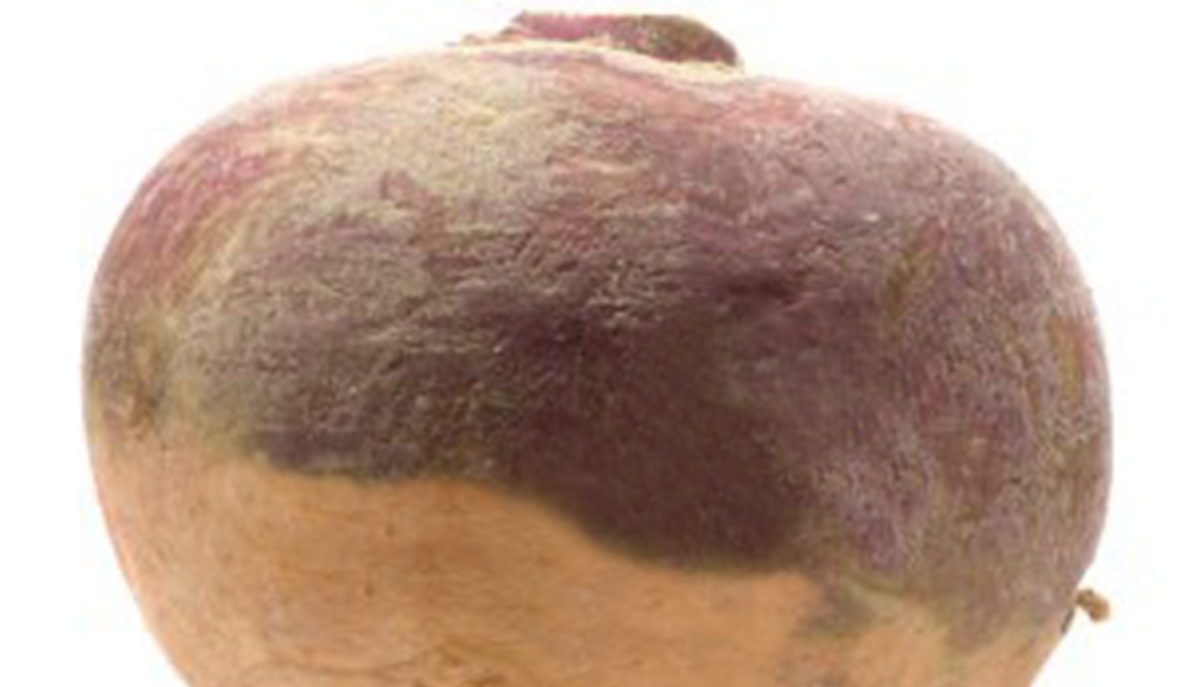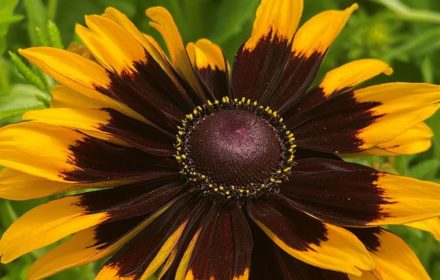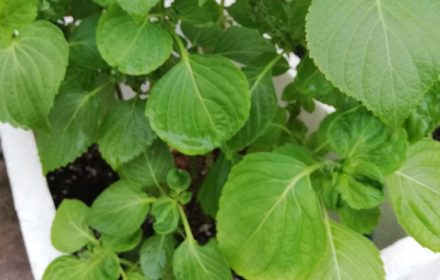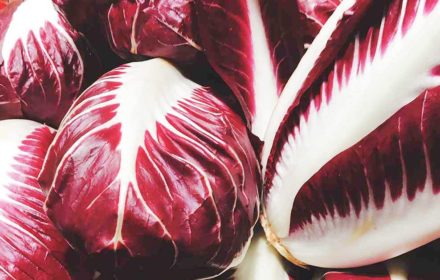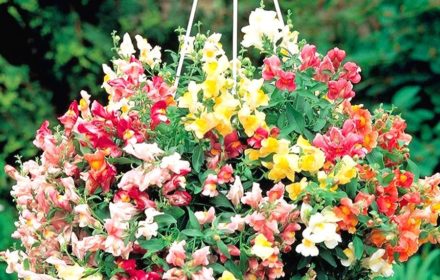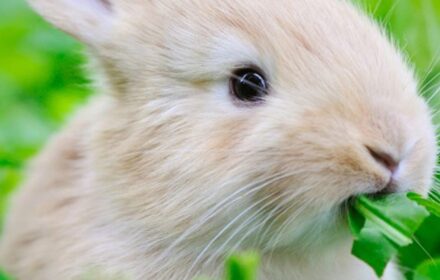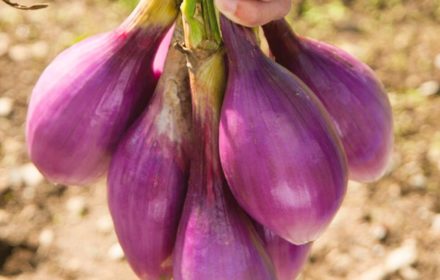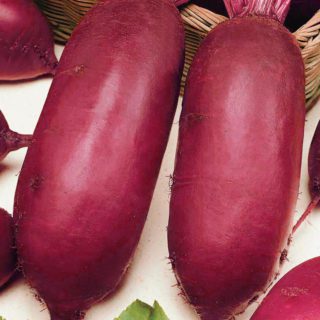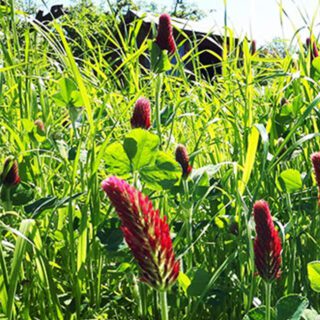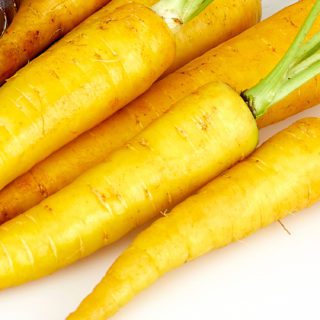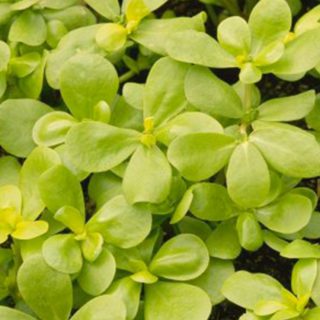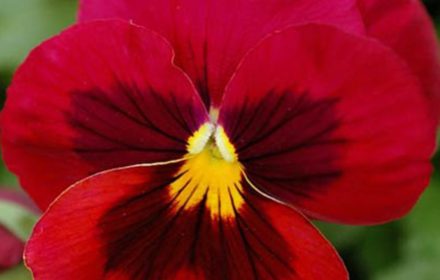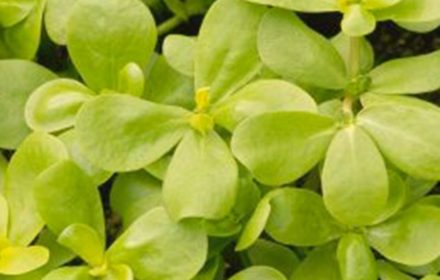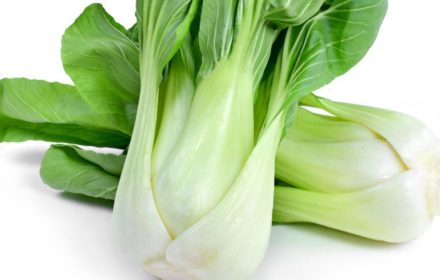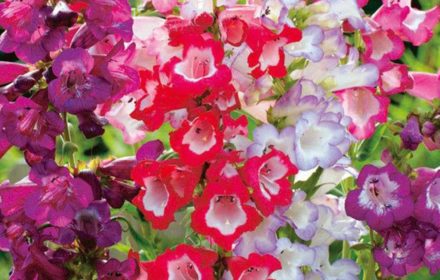How to Sow Purple Top Swede Seeds
Purple Top Swede is a hardy winter vegetable, prized for its large, purple and cream-coloured roots. A traditional British favourite, it is widely used in soups, stews, and roasts due to its mild, slightly sweet flavour and smooth, creamy texture. This long-maturing crop thrives in cold conditions, making it an excellent choice for winter harvesting. With a growing period of approximately six months, Purple Top Swede is a reliable, low-maintenance crop that provides a steady supply of nutritious root vegetables throughout the colder months.
When and Where to Sow Purple Top Swede Seeds
- Outdoor Sowing: Sow seeds directly outdoors from May to July to ensure strong establishment before cooler months. Swede is best grown in open ground, as its deep roots require space to develop.
- Location: Choose a sunny spot with well-drained, fertile soil. As a cold-hardy vegetable, swede matures in autumn and winter, tolerating frost well.
Ideal Growing Conditions for Purple Top Swede
- Soil Requirements: Prefers light, well-drained soil enriched with compost or well-rotted manure. Avoid acidic soil—ensure a pH of 6.5-7.5 for the best results.
- Sunlight: Requires full sun for healthy growth and proper root development.
- Temperature: Germinates best at 10-20°C (50-68°F). Cold weather enhances the flavour of swede, making it ideal for winter harvesting.
How to Sow Purple Top Swede Seeds Outdoors
- Soil Preparation: Prepare the ground by removing weeds and breaking up clumps of soil. Incorporate compost or organic matter for improved fertility.
- Sowing Depth: Sow seeds 1.25 cm (½ inch) deep in drills.
- Row Spacing: Space rows 30 cm (12 inches) apart to allow room for root expansion.
- Watering: Water the soil gently after sowing to keep it moist but not waterlogged. Avoid excessive watering, as swede prefers evenly moist, well-drained conditions.
Transplanting and Thinning
- Thinning Seedlings: Once seedlings reach 5-8 cm (2-3 inches) in height, thin them to 15 cm (6 inches) apart to prevent overcrowding. Take care when thinning, as swede seedlings do not transplant well.
- Protection from Pests: Birds and small animals may target young swede plants—cover them with netting to prevent damage. Keep an eye out for cabbage root fly and flea beetles, which can be deterred with companion planting or organic pest control methods.
Caring for Purple Top Swede Plants
- Watering: Keep soil evenly moist, particularly during dry spells, to prevent woody or split roots. Avoid overwatering, as excess moisture can cause fungal diseases.
- Fertilising: Apply a balanced fertiliser once during the growing season to support strong root development.
- Weeding and Mulching: Keep the area weed-free, as weeds compete for nutrients. Apply a thin layer of mulch to retain soil moisture and suppress weeds.
Harvesting Purple Top Swede
- When to Harvest: Swede takes approximately 5-6 months to mature and is best harvested from October to February. Roots can be left in the ground through winter and harvested as needed.
- How to Harvest: Carefully lift roots from the soil using a fork, avoiding damage to the skin. For smaller, tender swedes, harvest early at 10-12 cm (4-5 inches) in diameter.
Common Questions About Growing Purple Top Swede
- Can swede grow in winter? Yes, swede is a cold-hardy vegetable that thrives in autumn and winter, tolerating frost well.
- How long does swede take to grow? Swede is a long-maturing crop, taking around six months to fully develop. However, smaller roots can be harvested earlier.
- Do swedes need full sun? Yes, swedes grow best in full sun, which encourages stronger root growth and better flavour.
- How can I protect swede seedlings from birds and pests? Use netting or row covers to protect young swede plants from birds and small animals.
- When is the best time to plant swede seeds? Swede seeds should be sown from May to July, allowing them to establish during warm weather before maturing in the cooler months.
By following these steps, you can successfully grow Purple Top Swede in your garden, providing a nutritious and flavourful winter vegetable that stores well and enhances hearty cold-weather dishes.

